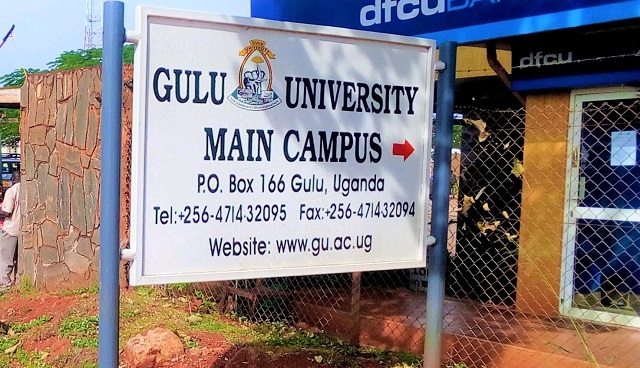
Gulu, Uganda | THE INDEPENDENT | Theft and vandalism by the community are affecting the growth of a variety of herbs at a farm managed by Gulu University’s Department of Biotechnology and Pharmaceutical Studies (PharmBiotec).
The department initiated the traditional medicines unit in 2017 to help the community get alternative treatment to conventional medicine.
Dr Alice Veronica Lamwaka, a senior lecturer in the Department of Biotechnology and Pharmaceutical Studies says they have planted thousands of indigenous herbs on 57 acres of land located at the Faculty of Medicine, to conserve indigenous and endangered plants, and for teaching students.
However, Dr Lamwaka, says the living gene bank of the indigenous tree species and herbs is being vandalized by the community.
Dr Lamwaka cites that some of the species under threat by the community are cashew nut trees, known for having potential in the formation of haemoglobin and management of blood disorders. The plant contains essential micronutrients such as iron and copper.
She explains that although the department had planted 800 seedlings of cashew nuts, they later realized that 791 seedlings had been stolen.
The department also planted at least 800 seedlings of macadamia and more than 700 seedlings have been stolen. Macadamia is known to have low levels of sugar and carbohydrates, in addition to essential nutrients like fibre and antioxidants which are good in reducing the risks or managing diabetes, digestive health, and cardiovascular diseases.
Other indigenous trees such as philenoptera Laxiflora, or olwedo in Acholi. The roots and bark of the olwedo tree are used as a tonic and for treating jaundice. The root can also be used externally for treating stomach aches and applied as a bandage on ulcers.
The leaves and bark are used externally as an anti-parasitic for treating scabies and ringworm. A concentrated liquid made from boiling the leaves of the olwedo tree is also used in the treatment of liver problems. However, Dr Lamwaka says that only a few seedlings are left out of the 2,000 seedlings of olwedo planted at the farm.
Dr Lamwaka says it is not easy to know when the herbs were stolen and nabbing the culprits is an uphill task. She now appeals to willing individuals to help them fence off the area which she says has about 1,000 indigenous tree species on the piece of land.
The intention of genebanks is to conserve collections of plant genetic resources for future generations.
Traditional medicine has been used for generations in Uganda in the management of different ailments, with up to 60 per cent of the population believed to rely on it for their primary health care.
World Health Organisation-WHO, defines traditional medicine as the health practices, approaches, knowledge, and beliefs incorporating plant, animal, and mineral-based medicines applied singularly or in combination to treat, diagnose and prevent illnesses or maintain well-being.
*****
URN
 The Independent Uganda: You get the Truth we Pay the Price
The Independent Uganda: You get the Truth we Pay the Price


